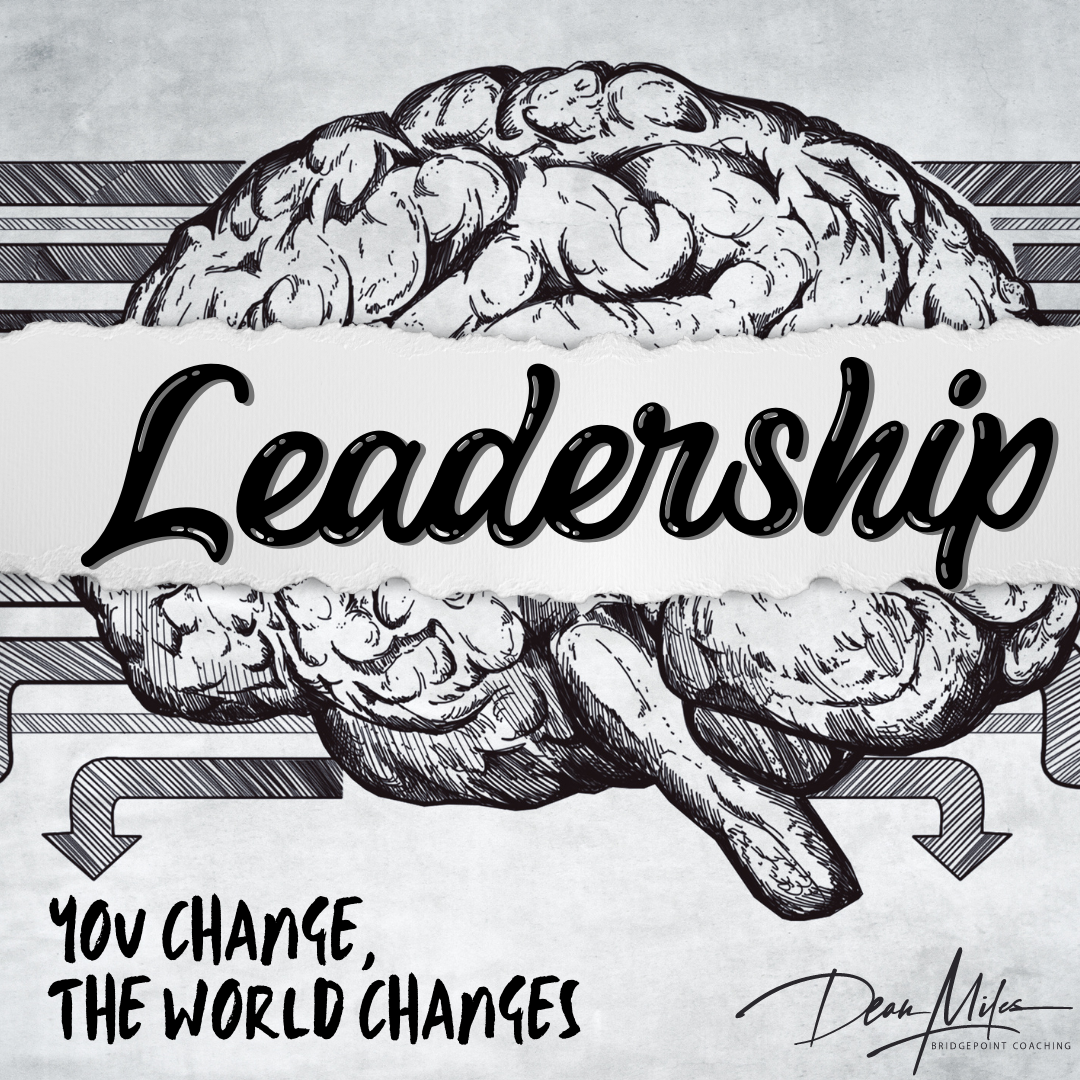May26

It seems that throughout history, the most influential leaders have generally belonged to one of three categories: political, military, or religious. Political leaders, like Hammurabi in Babylon around 1790 B.C., have unified their empires through codified laws that treat all people fairly and equally. Military leaders, such as Sun Tzu in China from 500 B.C., have focused on wise political policies and strategies to prevent war, rather than using armies as a last resort. And religious leaders have had the greatest impact of all, shaping the beliefs and values of entire societies. From Buddha and Confucius in Asia to Jesus Christ in Europe and the Americas, religious leaders have left an indelible mark on the world. For example, Jesus Christ lived over 2,000 years ago, but his teachings are still followed by millions of Christians today. Similarly, Buddha's teachings have been followed by billions of Buddhists for over 2,500 years. In contrast, the average lifespan of a political leader is less than 10 years, and the average lifespan of a military leader is even shorter. It is clear that throughout history, the most influential leaders have been those who could appeal to the heads, hearts, and souls of their followers.
The one constant throughout the history of leadership is change. Over time, leaders have had to adapt their styles and methods to fit the needs of the people they represent. The industrial revolution brought about a new type of leader, one who could motivate workers in factories to achieve higher levels of productivity. In the 20th century, political leaders like Gandhi and Churchill emerged, who were able to inspire their citizens to fight for independence and freedom. And today, we are seeing a new generation of leaders emerge who are using technology to connect with people all over the world.
Anyone who has spent time in the workforce in the last twenty years has likely noticed a shift in the way that leadership is approached. Gone are the days of the autocratic leader who runs the show with an iron fist, barking out orders and expecting unquestioning obedience. In today's workplace, the most successful leaders are those who know how to work collaboratively, bringing out the best in their team members through open communication and a shared sense of purpose. This shift away from autocracy towards collaboration has helped to increase productivity, innovation and creativity, as team members feel more invested in their work and are better able to capitalize on their strengths. As the world of work continues to evolve, it is clear that collaborative leadership will continue to be key to success.
21st century leadership is a multidimensional and integrative view of leadership that seems to be based in relationships. Through shared purposes and aspirations, leadership brings forward new ways of being, knowing, and doing, while respecting the developmental nature of the human life. 21st century leadership is oriented toward being inclusive, collaborative, and of service, to individuals, the social good, and ecological sustainability.
Who will be the next great leader of our time? Only time will tell. But one thing is certain: the history of leadership is a long and varied one, full of examples of what works and what doesn't. As we move into the future, it's important that we learn from the past and continue to evolve the way we lead. Only then can we hope to meet the challenges of the 21st century and beyond.
By Dean Miles
Keywords: Entrepreneurship, Mental Health, Startups
 The Board Chair as the Primary Lever of Psychological Safety
The Board Chair as the Primary Lever of Psychological Safety Friday’s Change Reflection Quote - Leadership of Change - Change Leaders Maintain Trust and Legitimacy
Friday’s Change Reflection Quote - Leadership of Change - Change Leaders Maintain Trust and Legitimacy The Corix Partners Friday Reading List - January 16, 2026
The Corix Partners Friday Reading List - January 16, 2026 Effective Government Is Built: A Five-Pillar Framework for Public Leaders
Effective Government Is Built: A Five-Pillar Framework for Public Leaders Tariffs, Data, and the Complexity of Compliance
Tariffs, Data, and the Complexity of Compliance